Joseph Devaney
VP Education and Development at Video Tax News
On February 23, 2017 the Department of Finance released its report on federal tax expenditures (FTE). An FTE is essentially something that reduces the amount of federal tax that can be collected, like preferential tax rates on certain income streams, tax credits, deductions, and the like. This review evaluated the cost, purpose, and in some cases, the success of Canadian tax expenditures. As such, it provides a strong framework for the ruling party to determine which FTEs should be cancelled or modified. Of course, eliminating an FTE will not automatically save the associated dollar figure listed in the report, however, it does provide guidance.
What will we see in the 2017 Budget? It will likely be a balancing act between cancelling or modifying low value return FTEs and/or those that favour the wealthy, against their respective political popularity. In other words, which FTE cut will cause the largest net vote gain, or least net vote loss, per dollar of FTE saved?
Why the need to cut FTEs? According to the fall economic statement, we are expected to run annual deficits in the next five years in the $14B to $25B range. The Liberal election platform in 2016 was based on setting an initial cap on Budget deficits at $10B. As their first year significantly exceeded that amount (by almost $20B), and the next few years don’t look much better, there will likely need to be significant belt tightening. Having said that, the report notes that 77% of tax expenditures can be tied to the 15 largest expenditures. As such, it is quite likely that there will be some significant changes among this list.
1) Registered Pension Plans – Personal Income Tax (PIT): 24.0B
2) Registered Retirement Savings Plans – PIT: 15.6B
3) Partial inclusion of capital gains – PIT /Corporate Income Tax (CIT) 11.6B
4) Non-taxation of capital gains on principal residences – PIT 6.2B
5) Exemptions from non-resident withholding tax – CIT 5.2B
6) Goods and Services Tax/Harmonized Sales Tax Credit – GST 4.3B
7) Zero-rating of basic groceries – GST 4.1B
8) Preferential tax rate for small businesses – CIT 3.3B
9) Age Credit – PIT 3.1B
10) Charitable Donation Tax Credit – PIT 2.7B
11) Non-taxation of benefits from private health and dental plans – PIT 2.7B
12) SR & ED Investment Tax Credit – PIT 2.6B
13) Canada Employment Credit – PIT 2.2B
14) Exemption from GST for certain residential rent – GST 1.8B
15) Spouse or Common-Law Partner Credit – PIT 1.5B
Two items that stick out in particular are: 3) partial inclusion of capital gains; and 4) non-taxation of capital gains on principal residences. While both of them can affect a wide variety of people, they are most valuable to wealthy individuals. Given strictly the comparative size of each of these expenditures with respect to the remainder, it seems only a matter of time before at least one would need to be adjusted.
With regards to the capital gain inclusion rate, pundits have suggested an increase to 66%, 75% or possibly even 80%. For a comparative rate analysis from Grant Thornton, see this link.
With regards to the principal residence exemption, many have viewed this as somewhat of a sacred cow. Something not to be touched. However, the governing party may feel that a partial reduction, if aimed at the most wealthy or those with the largest gains, may be a plausible alternative. Some possible methods include: capping protected gains to a certain amount (like the U.S. cap of $250,000), only providing the exemption if held for a sufficient period, or perhaps a combination of the two (for example, providing $20,000 of exemption per year of ownership).
For now, we wait and see which of these top 15 FTEs will be subject to change and in which way when the Budget is released, likely in March.
Further Information Links:

